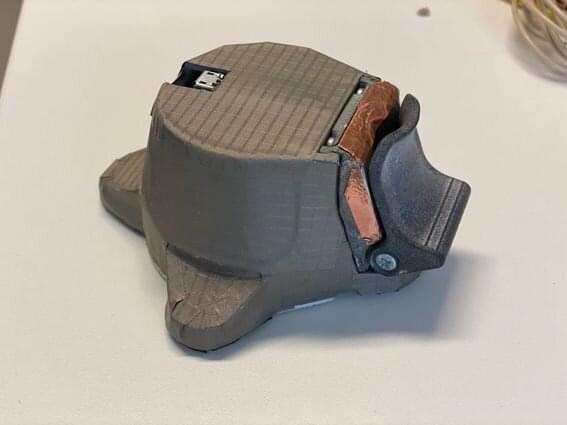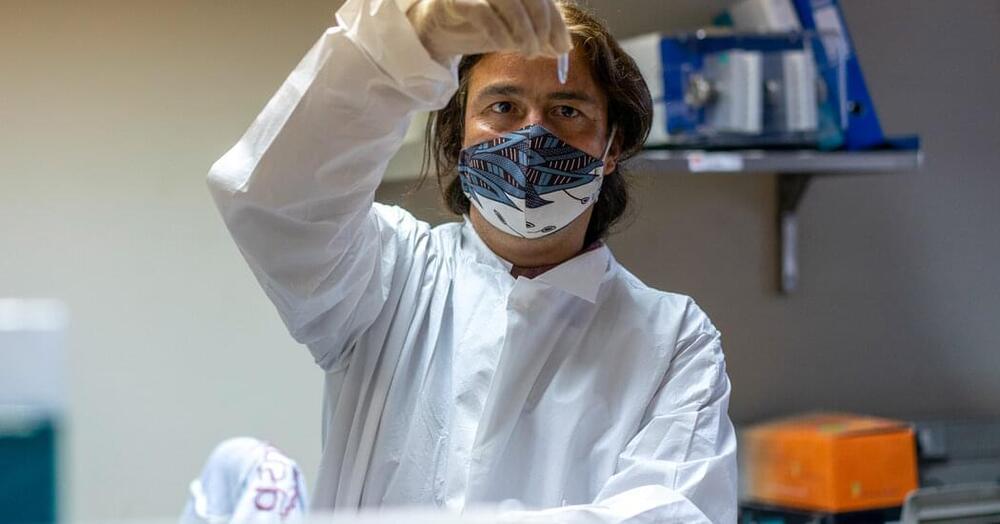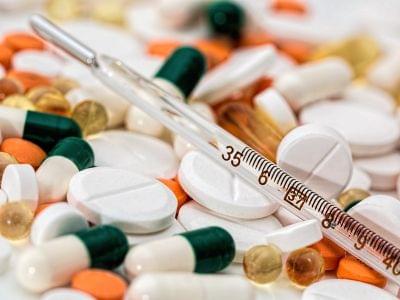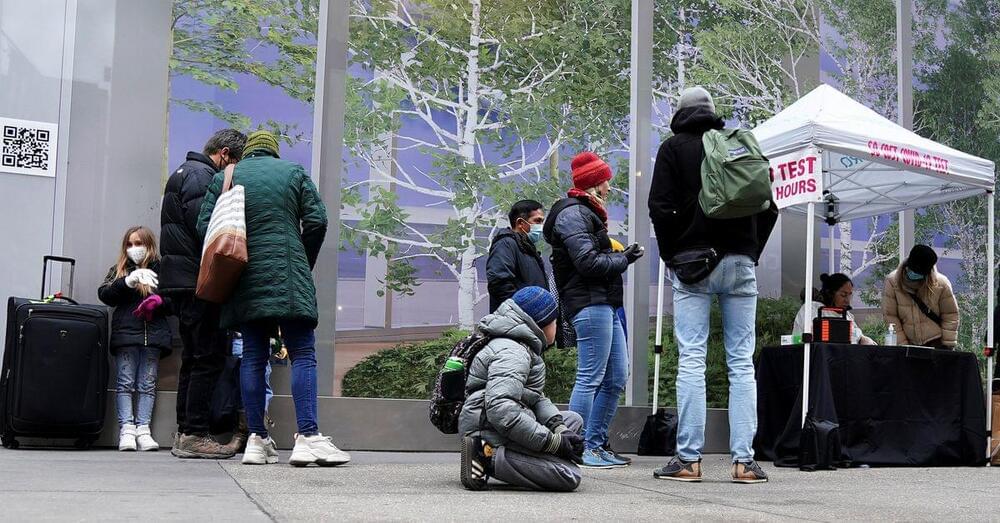We continue our overview of the Longevity Forum’s Science Summit at Oxford’s Oriel College, part of Longevity Week and hosted by Professor Lynne Cox and Jim Mellon.
Longevity. Technology: Severe community-acquired infections (such as community-acquired pneumonia and COVID-19) are more common in older adults, and overall outcomes are worse. But why as we get older are we more susceptible and can we harness the immune system to improve clinical trajectories in older adults?
Professor Liz Sapey is the Chair of Acute Medicine and an academic acute and respiratory medicine physician at the University of Birmingham and University Hospitals Birmingham NHS Foundation Trust. Sapey presented on what is known about susceptibility to infection as we age.







